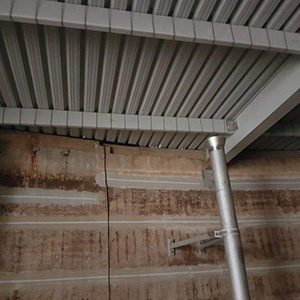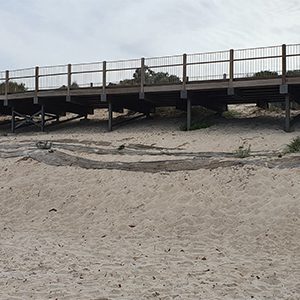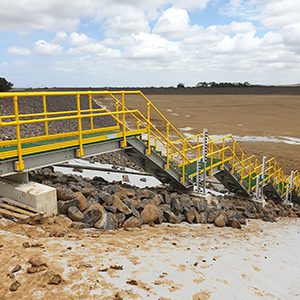February 22, 2024
Structural Profiles: 5 Key Considerations For Selection
Discover the important factors to consider when choosing structural profiles for your project.
Understanding the Purpose of the Structure
The purpose of which the structure is used determines the type of profile used and the specified material. Additionally, relevant safety standards and codes must be complied to. Some main points to consider are:
- If the structure is load bearing?
- Is the structure situated Indoor or outdoor?
- Will the structure by submerged, above ground or both?
- Is the structure retrofitted to an existing structure, raising the concerns of dissimilar metals?
Considering the Load Requirements
The profiles used must have the strength and load bearing capacity to safely support the anticipated loads. This involves analysing factors such as the weight of the structure itself, any additional equipment or materials that will be placed on it, as well as any dynamic loads that may occur during its use. By accurately assessing the load bearing capacity, you can select profiles that will provide the necessary structural integrity and ensure the safety of the overall structure.
It is also important to consider any potential future changes or modifications to the load requirements. For example, if there is a possibility of expanding or upgrading the structure in the future, the selected profiles should have the flexibility to accommodate these changes. By considering the load bearing capacity not only for the present but also for potential future scenarios, you can make more informed decisions about the suitability of different structural profiles.
This also introduces the requirement for anti-crush reinforcements. Anti-crush inserts can be used in hollow members to prevent crush issues like the overtightening of fixings.

Evaluating Material Options
Different materials offer varying characteristics and properties, which can greatly impact the performance and longevity of the structure. Traditional materials include steel and aluminium, with a gradual shift towards fibreglass reinforced plastic (FRP), also known as composite materials.
FRP has emerged as the leading material providing corrosion resistance and lightweight with high strength properties. Treadwell FRP structural profiles also provide easy-to-install anti-crush reinforcements, without the need for time-intensive intricate alignment for installation. Being an inert material, FRP will not react with contact to metals, addressing dissimilar metals concerns.
Assessing Structural Stability
Ensuring the structural stability of a project is of utmost importance when selecting structural profiles. Treadwell engineers ensure the designs meet the relevant Australian Standards and compliance codes. This also takes into consideration support posts spacing and connection methods.
Taking Cost and Maintenance into Account
Cost and maintenance are important considerations when selecting materials. The specified material should meet the technical requirements of the project and align with the available budget. While some materials might present a more competitive price upfront, the long-term costs associated with repairs, replacements and maintenance can end up being more than initially planned for.
Maintenance is another aspect to consider, as different profiles may require different levels of upkeep and repair over time. Factors such as corrosion resistant, ease of cleaning, and durability should be taken into account. By considering the cost and maintenance requirements, you can make informed decisions that balance the initial investment with the long-term costs and efforts associated with the selected structural profiles.
Latest News
- Structural Profiles: 5 Key Considerations For Selection
- We were lucky to catch some awesome views in Myponga
- Treadwell has just supplied our FRP Mini Mesh


